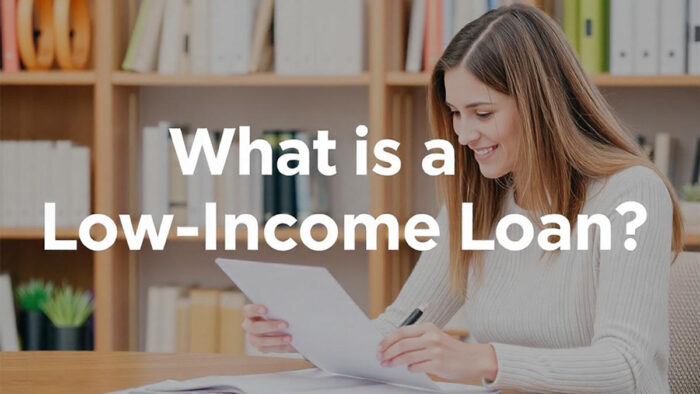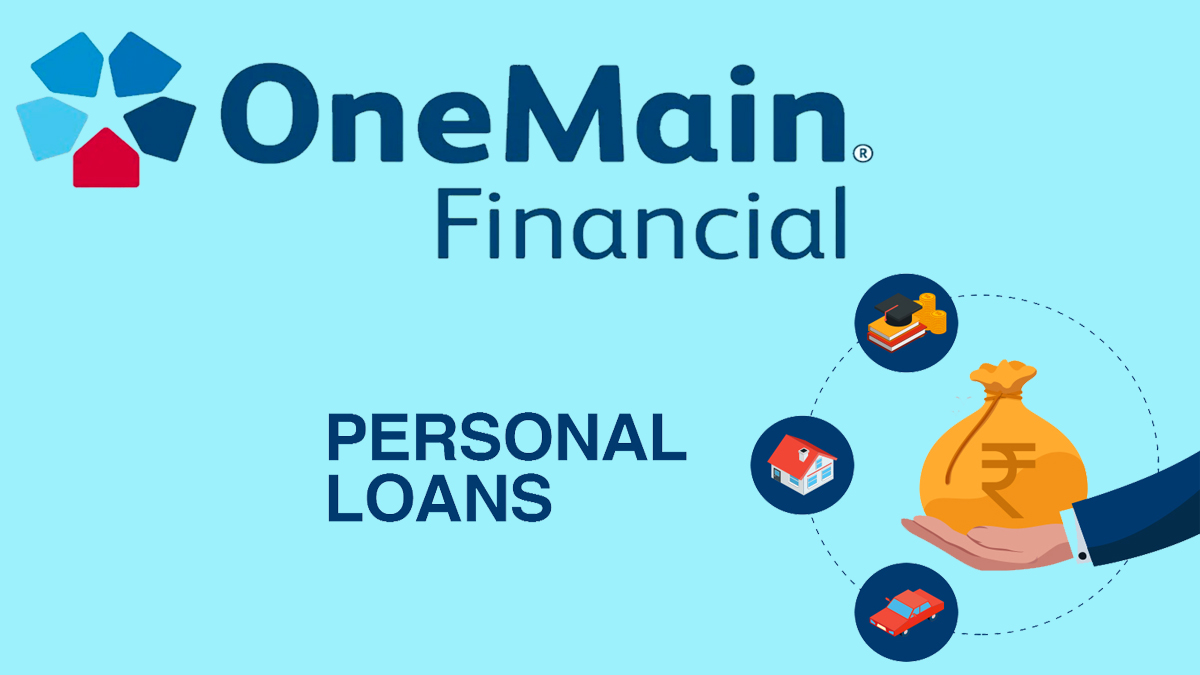A low-income loan is a type of personal loan tailored for people with lower than-average incomes. However, what qualifies as “low income” differs by lender. For example, LendingPoint requires at least $35,000 annually, while Upstart accepts incomes as low as $12,000. Some lenders don’t set a specific minimum and instead look at various aspects of your financial situation.

Just like the normal personal loans, low-income loans can be used for different reasons, such as debt consolidation, home repairs, or medical expenses, but usually can’t be applied to student loan payments. Repayment typically involves fixed monthly installments over three to seven years. Interest rates range from 3% to 36%, with lower rates available to those with higher incomes and good credit. If your income is lower, you might face higher rates.
Types of Low-Income Personal Loans
Just so you know, low-income personal loans come in two main forms. And they are secured and unsecured.
Secured loans require you to put up collateral, such as a vehicle or a savings account. This can make it easier to qualify, but if you can’t keep up with payments, you risk losing the asset you’ve used to secure the loan.
Unsecured loans don’t require any collateral, so lenders focus more on your financial health—like your income, credit score, and debt-to-income ratio—when deciding if you qualify. If you demonstrate the ability and likelihood to repay the loan, the lender will approve the loan without needing any assets as security.
Requirements for Low-Income Personal Loans
To qualify for low-income personal loans, lenders look at more than just your income. Here are some key requirements:
- Credit score: You’ll typically need a credit score in the fair to good range. Some lenders might accept lower scores, but expect higher interest rates if your score is on the lower side.
- Debt-to-income ratio: Lenders prefer borrowers with a debt-to-income ratio (DTI) of 40% or less, meaning your monthly debt payments should be no more than 40% of your income.
- Proof of residence: You’ll need to show proof of your address to confirm you live in an area where the lender operates. If you’re borrowing from a credit union, you may need to become a member first.
- Active bank account: An active bank account in your name is usually required, both for depositing the loan funds and possibly for lenders to review your account activity. For debt consolidation loans, some lenders might pay your creditors directly.
How to Apply for a Low-Income Loan
Applying for a low-income loan involves a few key steps, but with the right preparation, it can be straightforward. Below is a quick guide that you can follow:
• Research and compare lenders
Start by exploring lenders that specialize in low-income loans, including banks, credit unions, and online lenders. Compare their interest rates, loan terms, and requirements. Each lender offers different conditions, so find the one that fits your needs best. Prequalifying can give you a realistic idea of what you might be eligible for without impacting your credit score.
• Check eligibility and gather documents
Once you’ve chosen a lender, review their eligibility criteria, like credit score, debt-to-income ratio, and income requirements. Gather the necessary documents, such as IDs, proof of address, and income statements. If your credit isn’t strong, a cosigner might improve your chances of approval.
• Complete the application
Fill out your loan application online or in person, providing accurate information about your financial situation. Honesty is key, so you need to keep in mind that omitting details can lead to a denied application or problems later on.
• Review loan terms carefully
After receiving a loan offer, go over the terms closely. Understand the repayment schedule, interest rates (fixed or variable), and any fees or penalties. Make sure you’re comfortable with the agreement before accepting.
• Receive funds and start repayment
Once approved, the funds will be deposited into your account. Stick to your repayment plan, setting up automatic payments if possible to avoid late fees and ensure you stay on track.
This approach ensures that you make informed decisions at every step, setting you up for success with your low-income loan.
When Should I Consider a Low-Income Loan?
Just like I have mentioned in this article, a low-income loan can be a practical option when you need financial support for essential expenses like unexpected car repairs or medical bills. It might also be a very good option over high-interest options like payday or pawnshop loans.
These loans can also help you build financial stability. Regular, on-time payments can boost your credit score, and if you use the loan to consolidate debt, you might lower your interest costs, saving you a significant amount over time.



